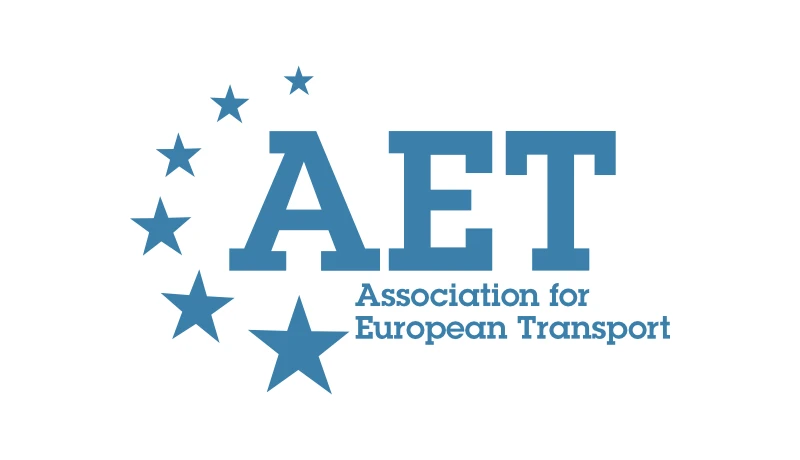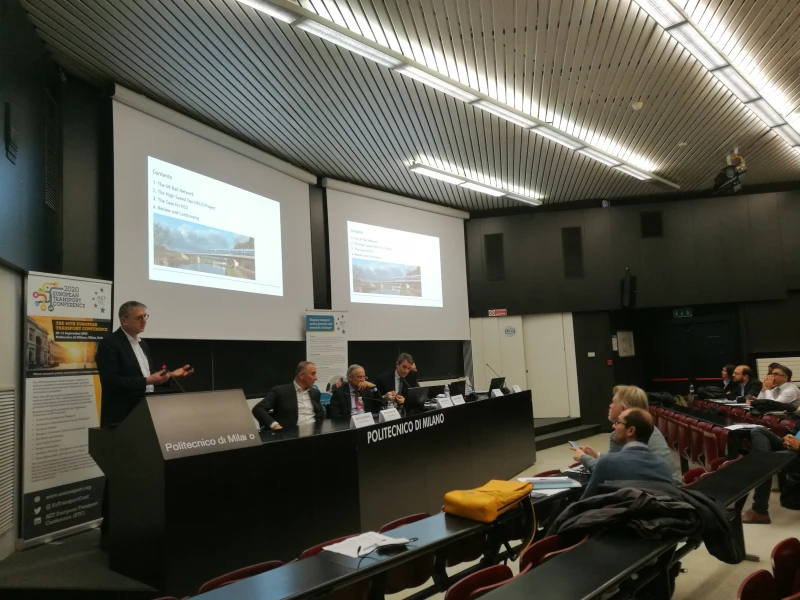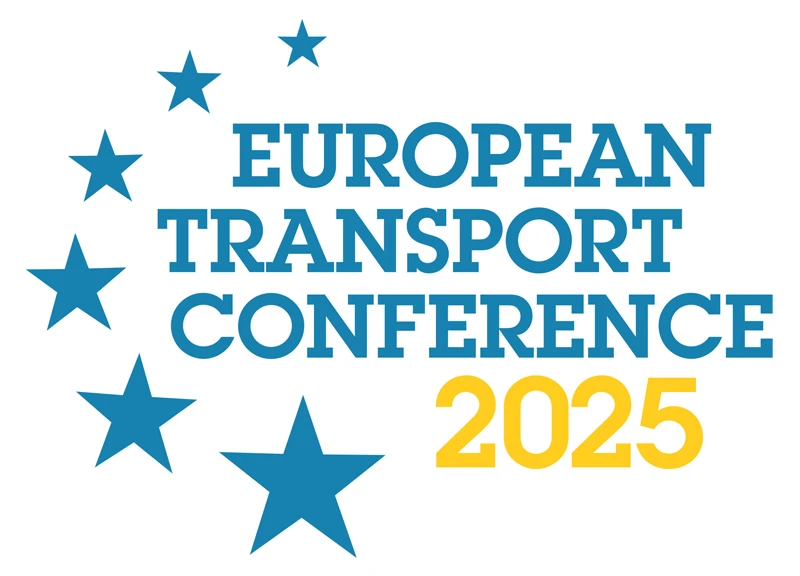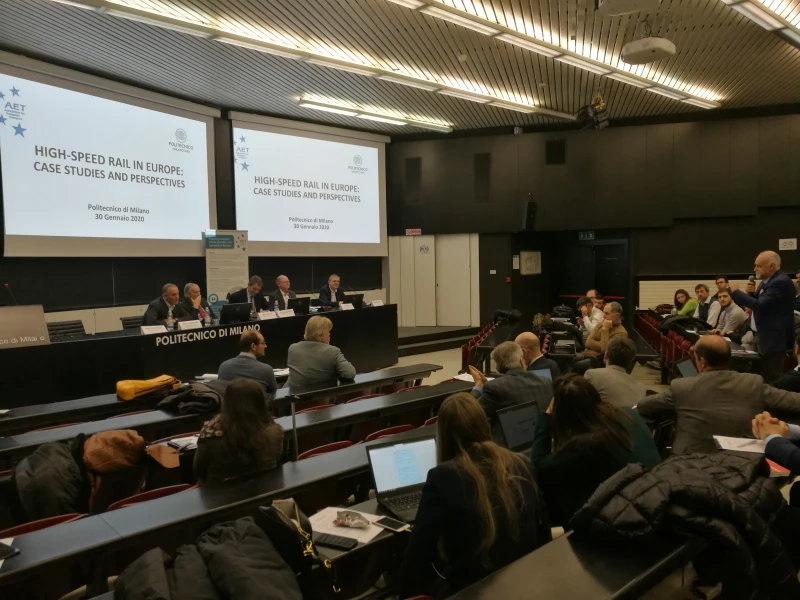-
Past ETC Papers
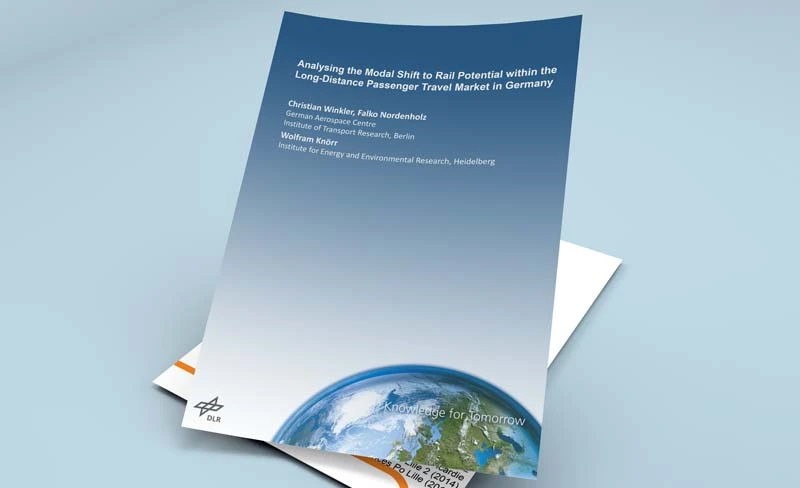
Browse, search and view papers from the past AET Conferences.
-
Members' Area
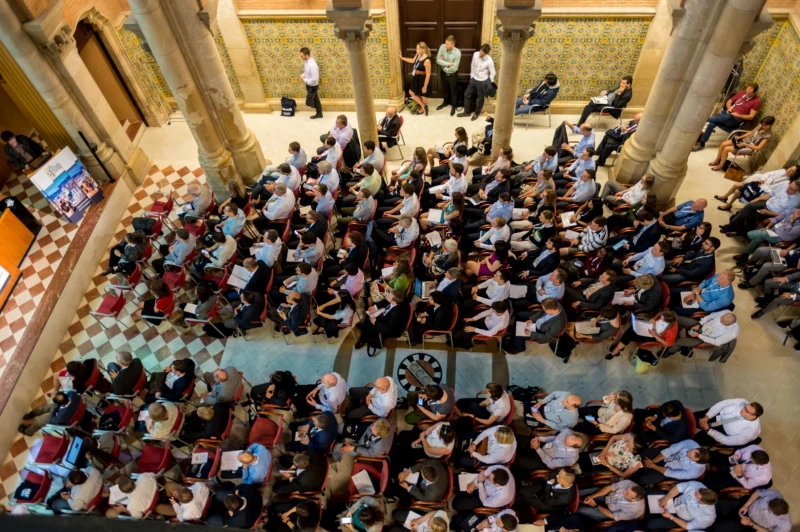
AET promotes networking and exchange of ideas, information and opportunities amongst members.
Conference Papers 2016
Barcelona, Spain
ETC Conference Papers 2016
Public transport and people with disabilities - the experiences of non-users
Seminar
Day 2 (6 Oct 2016), Session 6, Accessibility, 16:30 - 18:30
Status
Accepted, documents submitted
Submitted by / Abstract owner
Kjersti Visnes Øksenholt
Authors
Kjersti Visnes Øksenholt, Institute of Transport Economics, Jørgen Aarhaug, Institute of Transport Economics
Short abstract
This paper is a contribution to the debate about why people with disabilities refrain from travelling by public transport even after there have been years of focus on its universal design.
Abstract
Society should be designed so that its infrastructure is accessible to all, as much as possible without special solutions and despite differences in level of functioning, to the point where disabilities are rendered irrelevant.
Universal design or accessibility for all is high on the agenda in Norway, but despite years of focus on design in public transport, it seems that the number of people with disabilities actually using it has not increased significantly. The aim of this paper is to add to the knowledge of why non-users with disabilities refrain from travelling by public transport.
Our research question is:
“Why do people with impairments avoid travelling by public transport even when it is readily accessible, and are there any further measures that could lead to improvements?”
We conducted a review of the literature while trying to find studies with a similar scope, but only one with a focus specifically on non-users was found. Most others focused on the issues faced by people with impairments who do travel. Based on the literature review, we made certain assumptions which were tested in qualitative studies on people with impairments who seldom or never travel by public transport. These were: 1) that insecurity and expectations lead to seldom or non-use of public transport; 2) that the triggering factors causing seldom or non-use of public transport are different from the issues that users experience; 3) that lack of knowledge among (and help from) drivers and personnel is a considerable barrier to non-use; 4) that a ‘travel buddy’ might help increase the use of public transport among non-users; and 5) that some impaired people do not use public transport because they have alternatives that work better for them in everyday life.
We conducted in-depth interviews of 14 participants in and around the Oslo area, followed by ‘participatory travel observation’ with those who were comfortable travelling with us (six in total). This was voluntary, as we expected that non-users would not want to participate in our study if they thought it meant they would have to travel by public transport. This is thus a preliminary and explorative study aimed at scratching the surface of some of the issues non-users experience.
Our findings indicate that insecurity while travelling on public transport and expectations that problems will be encountered along the way are significant barriers to non-use. For many with deficits, it is the sum of all these challenges combined, real or anticipated, that leads to them refraining from using public transport. Our findings also point to a 'travel buddy' as a measure that might encourage some non-users to use public transport more often and help make actual availability of the system more visible.
Finally, we question whether universal design is the solution, or whether individualized solutions provide a sense of freedom, of participation in working life and of value added in society among those who do not have physical and/or mental premises for travelling by public transport.
Documents:

Association For
European Transport
Forester House
Doctors Lane
Henley-in-Arden
Warwickshire, UK
B95 5AW
+44 (0) 15 64 793552
VAT number: 710 1866 64
Conference Supporters & Endorsers

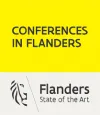


Legal Entity
The Association for European Transport is registered as an Association ('vereniging') with the Chamber of Commerce for Haaglanden in The Netherlands under company number 27170096.
Built on Zenario

